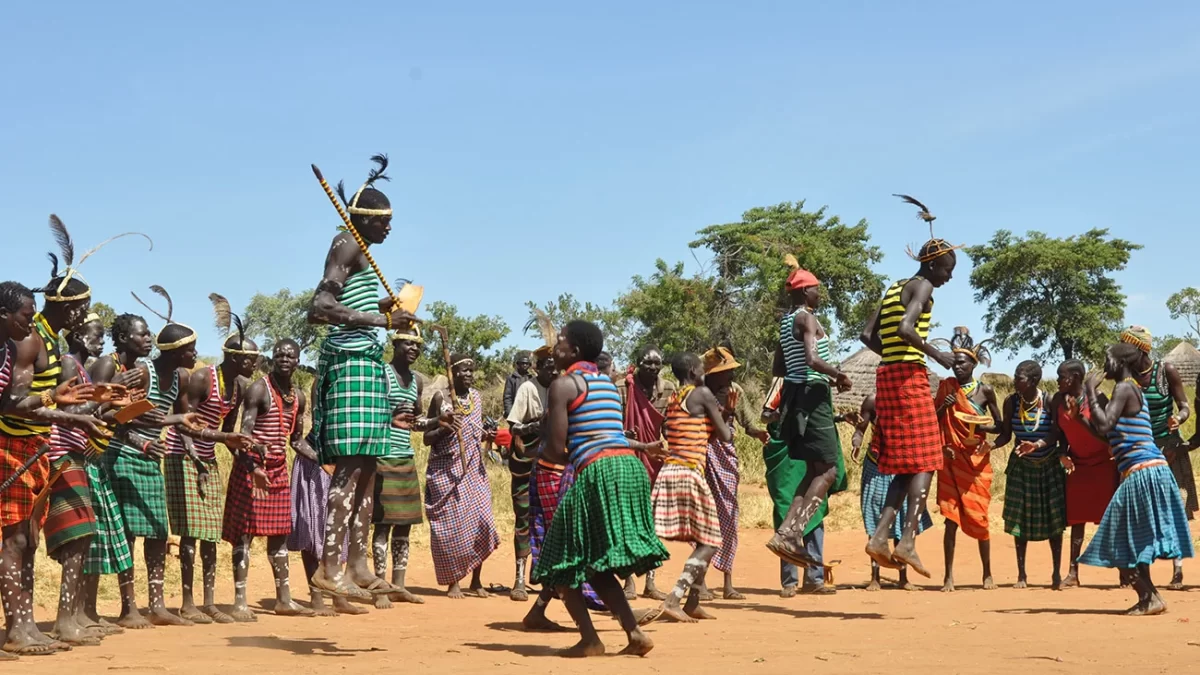Languages Spoken in Uganda

Best East African Country for Wildlife Safari
December 20, 2023
Safari Holidays for Couples in Uganda
December 20, 2023Languages Spoken in Uganda – Exploring the Rich Linguistic Landscape
Languages Spoken in Uganda — Uganda, a captivating East African country, stands out for its linguistic diversity, boasting a multitude of languages compared to its regional counterparts. Trek Africa Expeditions invites you to delve into the linguistic tapestry of Uganda, unraveling the history and significance of its languages.
Uganda proudly embraces a multilingual identity, with over fifty living languages categorized into four primary families: Bantu, Nilotic, Central Sudanic, and Kuliak. Among these languages, 41 are indigenous, while 2 are non-indigenous. The linguistic landscape further includes 5 institutional, 27 developing, 7 vigorous, 2 endangered, and 2 dying languages.
English, a colonial legacy, serves as the official language in Uganda. Additionally, there is a distinct Ugandan sign language that contributes to the country’s linguistic diversity.
Situated in East Africa, Uganda’s geographical expanse encompasses the majestic Rwenzori Mountains, the expansive Lake Victoria, and an array of wildlife, including chimpanzees and rare bird species. Notable destinations like Bwindi Impenetrable Forest National Park, a haven for Mountain Gorillas, and Murchison Falls National Park, known for its waterfall and diverse wildlife, underscore Uganda’s prominence on the safari map.
Languages in Uganda: A Mosaic of Dialects
Within the Bantu-speaking regions of Uganda, diverse dialects are prevalent. For instance, Runyankore is spoken around Mbarara, Rutooro is spoken in the Tooro Kingdom centered around Fort Portal, and intermediate dialects emerge in the areas between these towns. Recognizing the linguistic proximity of Runyankore, Rutooro, Rukiga, and Runyoro, a standardized version known as “Runyakitara” was developed in the 1990s to facilitate teaching and communication.
In the south-central part of Uganda, the Bantu languages Luganda and Lusoga exhibit significant mutual intelligibility. This linguistic similarity extends to Lussese, spoken on the Ssese Islands of Lake Victoria.
The Nilo-Saharan language family finds representation in Uganda, particularly in the Eastern Sudanic branch. Various Nilotic languages, such as Karamajong, Bari, Teso, Alur, Acholi, Lango, Adhola, and Kuma, contribute to the linguistic mosaic. Additionally, the Central Sudanic languages of Lugbara, Aringa, Madi, and Ndo are part of Uganda’s linguistic heritage.
Language Policy and Evolution
English, introduced during the colonial era, became the official language and remains deeply ingrained in Uganda’s administration, media, and education. Swahili gained influence in the early twentieth century but faced resistance, particularly from the Ganda, who viewed it as a threat to their political power. Despite efforts to establish an indigenous official language post-independence, English retained its status due to Uganda’s ethno-linguistic diversity.
Recognizing the need to enhance Swahili teaching, the Ugandan government established the National Kiswahili Council in 2019. This move aims to guide the development and usage of Kiswahili as a lingua franca, acknowledging Uganda’s status as one of the most ethnically diverse nations globally.
Intricately woven into the fabric of Uganda’s identity, languages reflect the nation’s rich history, cultural nuances, and ongoing efforts to navigate linguistic diversity in the pursuit of national unity and understanding.

